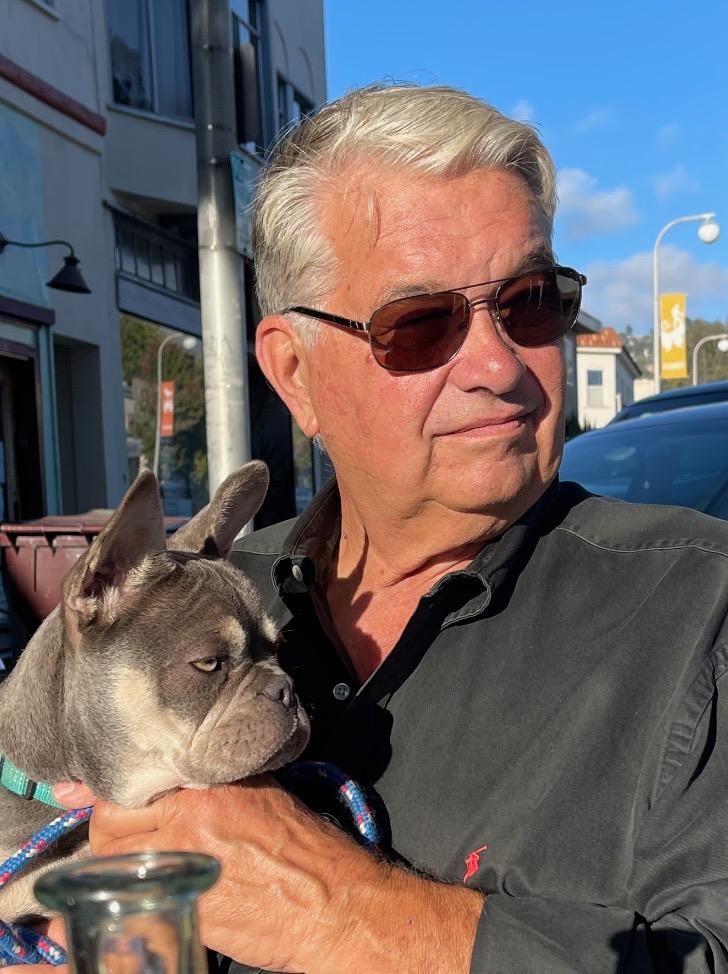
Photo courtesy Donald Smith
Open letter to the industry
By Donald Smith DVM
I am in the twilight of a career spanning more than 40 years practicing veterinary medicine at racetracks. With great sadness I question whether any of today’s vet school graduates — if they even choose to be a “horse doc” at the track — will have the option of working in the racing industry in another 40 years. Horse racing faces many problems, but the Horseracing Integrity and Safety Act (HISA) and its resulting Horseracing Integrity and Safety Authority (the Authority) is not the solution and, in fact, is exacerbating the complex problem of keeping horses sound.
I have witnessed dedicated care and concern for horses from the people who are with them all day, every day. I have seen the commitment to their health and welfare by the trainers, grooms, veterinarians, riders, officials, owners and devotees of horse racing. I have seen that commitment led to ever increasing standards of care of the horses which I examine and treat daily. These increasing standards have percolated upward from the horse-racing constituency to the horse-racing regulatory bureaucracy. They have been discussed and argued among the stakeholders in this industry. And they have been accepted because of the consensus of those involved.
The democratic ideal is for regulation to derive from consensus. If compliance is the goal, there must be consensus among the participants. Imposition of standards from a self-selected “Authority” is more consistent with autocracy than democracy. By ignoring the consensus of the racing industry, this Authority will sow more disarray, confusion and inadvertent non-compliance than uniform racing conditions. Its oppressive nature will further weaken an industry which is already contracting and dwindling in its significance. The latest example: the announced closing of Golden Gate Fields, the home base of my racetrack practice, at the end of the year.
In addition to its lack of consensus, the most telling revelation of the insincerity and oppressive nature of HISA is the refusal to release financial information. Public institutions in the United States are designed to be transparent in order to comply with the goals of democratic governance. Information is the essential nutrient of democracy.
HISA is not really about the high-minded ideals it touts; it is really about power. The power of a small, self-selected group of people to impose their opinions and standards on a much larger group of people. The power to subvert the Constitution, the basic law of the United States, by denying to its subjects the rights and protections of the Constitution. The power to collect taxes from its subjects without their consent or representation. The power to conduct its business and spend its resources without any effective review, oversight or control by its constituents.
HISA’s oppressive reporting requirements, prohibition of clinically effective medications and devastating punishments for clerical errors is discouraging veterinarians from committing to racetrack practice. This is in addition to the serious shortage of qualified regulatory veterinarians facing HISA. As the supply of veterinarians willing to comply with HISA standards dwindles, the availability of medical care for our horses will dwindle. HISA’s windblown pronouncements of commitment to equine welfare are hypocritical in light of the facts. HISA professes to be interested in the welfare of horses but is actually charting a path towards decreasing care of our horses.
Recently I scoped two horses who bled a significant amount (3 on a scale of 5) — an amount that has been shown to interfere with their ability to oxygenate their blood, and provides an ideal medium for growth of pathological organisms. An amount which has been shown to compromise the lung tissue so that bleeding will worsen in the future. These horses were ineligible for the anti-bleeder medication Lasix due to California regulations and they are ineligible under HISA rules. Yet HISA claims to be concerned with horse welfare. Lasix has been repeatedly shown to reduce the incidence of bleeding. It is cheap. Its administration is effectively controlled. Its duration of effect is only 45 minutes. The safety and efficacy of race-day administration of Lasix has been established from 50 years of empirical experience and scientific studies.
It appears HISA, through the standards set in the Act itself, seems vigorously committed to prohibiting Lasix. In fact, the establishment of HISA, with its expensive and oppressive regulations and requirements, can be traced directly to the manic efforts of a few zealots to prohibit Lasix. Since I began practicing medicine 44 years ago, they have been repeatedly rebuffed by multiple regulatory agencies and professional associations to institute a ban on Lasix. It was only by surreptitious passage of the HISA legislation tucked into the 2020 COVID emergency relief bill that they will be able to accomplish their goal. Of course, this comes with all the inflated federal controls and expenses mandated by HISA.
I have enjoyed many pleasurable and gratifying experiences during my time caring for racehorses. It is a wonderful occupation. It is beyond my ability to describe the emotional rewards that come from close daily contact with horses. I am lucky to have known them.
However, I am discouraged by the indifference of veterinary students and young veterinarians to racetrack practice. I hope that this will change. I hope that our Courts and industry leaders can replace HISA with a common-sense piece of legislation built through consensus and veterinary science. Uniformity that can be responsive, representative of the industry as a whole, and will be able to shepherd horse racing into more future rewards.
Donald Smith D.V.M. has been an equine veterinarian practicing at Northern California racetracks since 1983. He graduated from Princeton University in 1973 and the University of Georgia College of Veterinary Medicine in 1979. His practice today consists of mostly other performance horses and about 10 percent racehorses. Dr. Smith is a vice president of the North American Association of Racetrack Veterinarians (NAARV).



